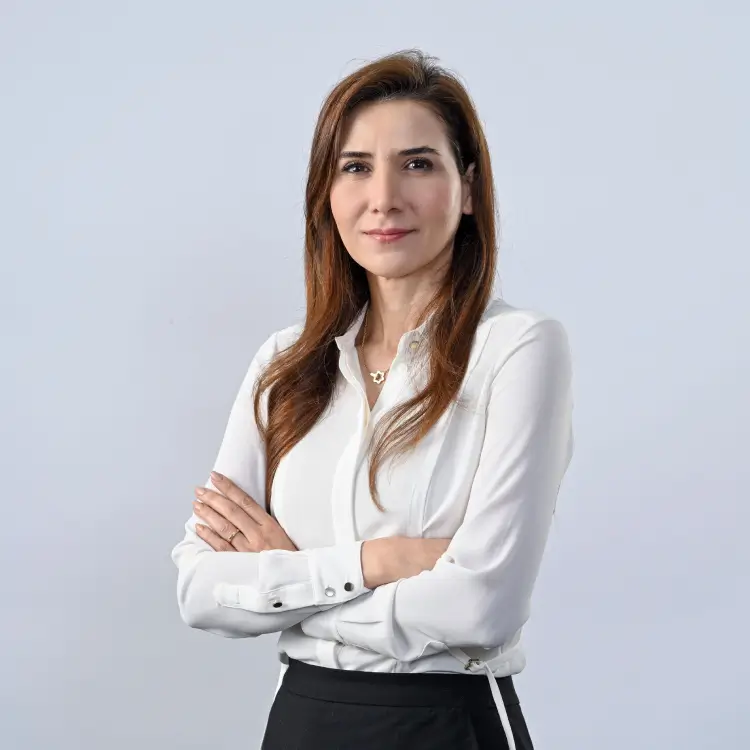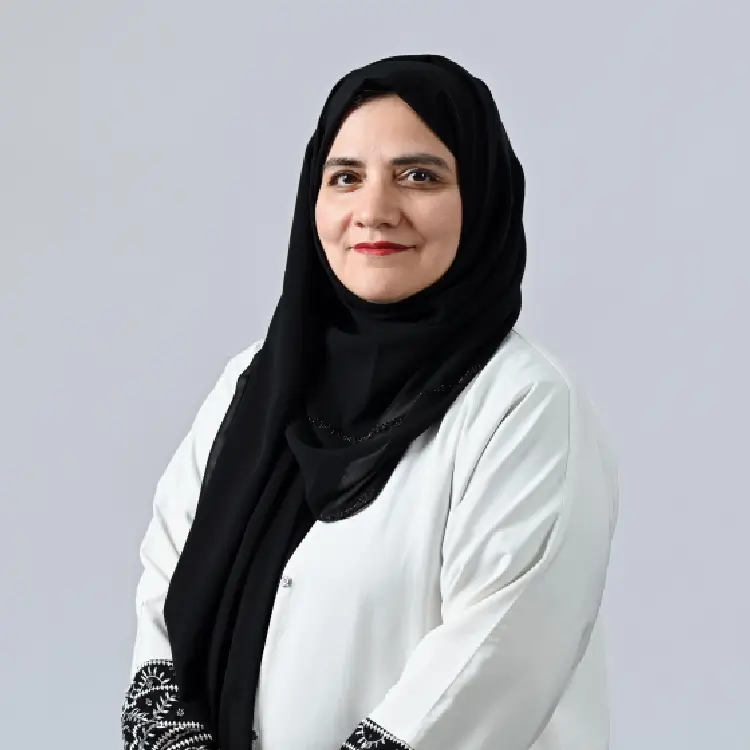-
Salari, N., Heidarian, P., Tarrahi, M.J., Mansourian, M., Canbary, Z., Daneshkhah, A., Nasirian, M., Faghihi, S.H., Mohammadi, M. Global prevalence of eating disorders in children: a comprehensive systematic review and meta-analysis (2025) Italian Journal of Pediatrics, 51 (1).
View
-
Salari, N., Beiromvand, M., Abdollahi, R., Hemmatabadi, F.K., Daneshkhah, A., Ghaderi, A., Asgari,M., Mohammadi, M.Global prevalence of hydrocele in infants and children: a systematic review and meta-analysis (2025) BMC Pediatrics, 25 (1), art. no. 128.
View
-
Salari, N., Razavizadeh, S., Abdolmaleki, A., Zarei, H., Daneshkhah, A., Mohammadi, M.Global prevalence of loneliness in immigrants: A systematic review and meta-analysis(2025) Asian Journal of Psychiatry, 104.
View
-
Chatrabgoun, O., Daneshkhah, A., Torkaman, P., Johnston, M., Sohrabi Safa, N., Kashif Bashir, A.Covariate-adjusted construction of gene regulatory networks using a combination of generalized linear model and penalized maximum likelihood (2025) PLoS ONE, 20 (1 January).
View
-
Sardari, S., Sharifzadeh, S., Daneshkhah, A., Loke, S.W., Palade, V., Duncan, M.J., Nakisa, B. LightPRA: A Lightweight Temporal Convolutional Network for Automatic Physical Rehabilitation Exercise Assessment (2024) Computers in Biology and Medicine, 173.
View
-
Donnelly, J, Daneshkhah, A., and Abolfathi, S. (2024). Physics-Informed Neural Networks as Surrogate Models of Hydrodynamic Simulators. Science of The Total Environment, 912.
View
-
Donnelly, J, Daneshkhah, A., and Abolfathi, S. (2024). Forecasting global climate drivers using Gaussian processes and convolutional autoencoders. Engineering Applications of Artificial Intelligence, 128, 107536.
View
-
Shrinivas, V., Bastien, C., Davies, H., Daneshkhah, A., Hardwicke, J., Neal-Sturgess, C., and Lamaj, A. (2024). Integrating Machine Learning in Pedestrian Forensics: A Comprehensive Tool for Analysing Pedestrian Collisions. No. 2024-01-2468, SAE Technical Paper.
View
-
Sardari, S., Sharifzadeh, S., Daneshkhah, A., Loke, S. W., Palade, V., Duncan, M. J., and Nakisa, B. (2024). LightPRA: A lightweight Temporal Convolutional Network for automatic physical rehabilitation exercise assessment. Computers in Biology and Medicine, 108382
View
-
Fanous, M., Daneshkhah, A. Eden, J. M., Remesan, R., Palade, V. (2023). Hydro-morphodynamic Modelling of Mangroves Imposed by Tidal Waves Using Finite Element Discontinuous Galerkin Method. Coastal Engineering, 104303
View
-
Sardari, S., Sharifzadeh, S., Daneshkhah, A., Nakisa, B., Loke, S. W., Palade, V., and Duncan, M. J. (2023). Artificial Intelligence for skeleton-based physical rehabilitation action evaluation: A systematic review. Computers in Biology and Medicine, 106835
View
-
Esmaeilbeigi, M., Chatrabgoun, O., Daneshkhah, A., & Shafa, M. (2023). On the impact of prior distributions on efficiency of sparse Gaussian process regression. Engineering with Computers, 39(4), 2905-2925
View
-
Al Ali, H., Daneshkhah, A., Boutayeb, A., and Mukandavire, Z. (2022). Examining Type 1 Diabetes Mathematical Models Using Experimental Data. International Journal of Environmental Research and Public Health, 19(2), 737
View
-
Al Ali, H., Daneshkhah, A., Boutayeb, A., Malunguza, N. J., and Mukandavire, Z. (2022). Exploring dynamical properties of a Type 1 diabetes model using sensitivity approaches. Mathematics and Computers in Simulation, 201 (November), 324-342
View
-
Salari, N., Hosseinian-Far, A., Mohammadi, M., Ghasemi, H., Khazaie, H., Daneshkhah, A., and Ahmadi, A. (2022). Detection of sleep apnea using Machine learning algorithms based on ECG Signals: A comprehensive systematic review. Expert Systems with Applications, 187, 115950
View
-
Ni Ki, C., Hosseinian‐Far, A., Daneshkhah, A., Salari, N. (2021). Topic modelling in precision medicine with its applications in personalized diabetes management. Expert Systems, e12774
View
-
Andayeshgar, B., Abdali-Mohammadi, F., Sepahvand, M., Daneshkhah, A., Almasi, A., \& Salari, N. (2022). Developing Graph Convolutional Networks and Mutual Information for Arrhythmic Diagnosis Based on Multichannel ECG Signals. International Journal of Environmental Research and Public Health, 19(17), 10707
View
-
Donnelly, J., Abolfathi, S., Pearson, J., Chatrabgoun, O., and Daneshkhah, A. (2022). Gaussian process emulation of spatio-temporal outputs of a 2D inland flood model. Water Research, 225, 119100.
View
-
Shrinivas, V., Bastien, C., Davies, H., Daneshkhah, A., and Hardwicke, J. (2022). Parameters influencing pedestrian injury and severity–A systematic review and meta-analysis. Transportation Engineering, 100158.
View
-
Spooner, J., Palade, V., Cheah, M., Kanarachos, S., and Daneshkhah, A. (2021). Generation of Pedestrian Crossing Scenarios Using Ped-Cross Generative Adversarial Network. Applied Sciences, 11(2), 47.
View
-
Batsch, F., Daneshkhah, A., Palade, V., and Cheah, M. (2021). Scenario Optimisation and Sensitivity Analysis for Safe Automated Driving Using Gaussian Processes. Applied Sciences, 11(2), 775.
View
-
Rakhshan, K., Morel, J. C., and Daneshkhah, A. (2021). A probabilistic predictive model for assessing the economic reusability of load-bearing building components: Developing a Circular Economy framework. Sustainable Production and Consumption, 27, 630-642.
View
-
Rakhshan, K., Morel, J. C., and Daneshkhah, A. (2021). Predicting the technical reusability of load-bearing building components: A probabilistic approach towards developing a Circular Economy framework. Journal of Building Engineering, 102791.
View
-
Vepa, A., Saleem, A., Rakhshan, K., Daneshkhah, A.*, et al. (2021). Using Machine Learning Algorithms to Develop a Clinical Decision-Making Tool for COVID-19 Inpatients. International Journal of Environmental Research and Public Health, 18(12), 6228.
View
-
Sedighi, T., Varga, L., Hosseinian-Far, A., and Daneshkhah, A. (2021). Economic evaluation of mental health effects of flooding using Bayesian networks. International journal of environmental research and public health, 7467.
View
Academics
Research
Admissions
Conference













































